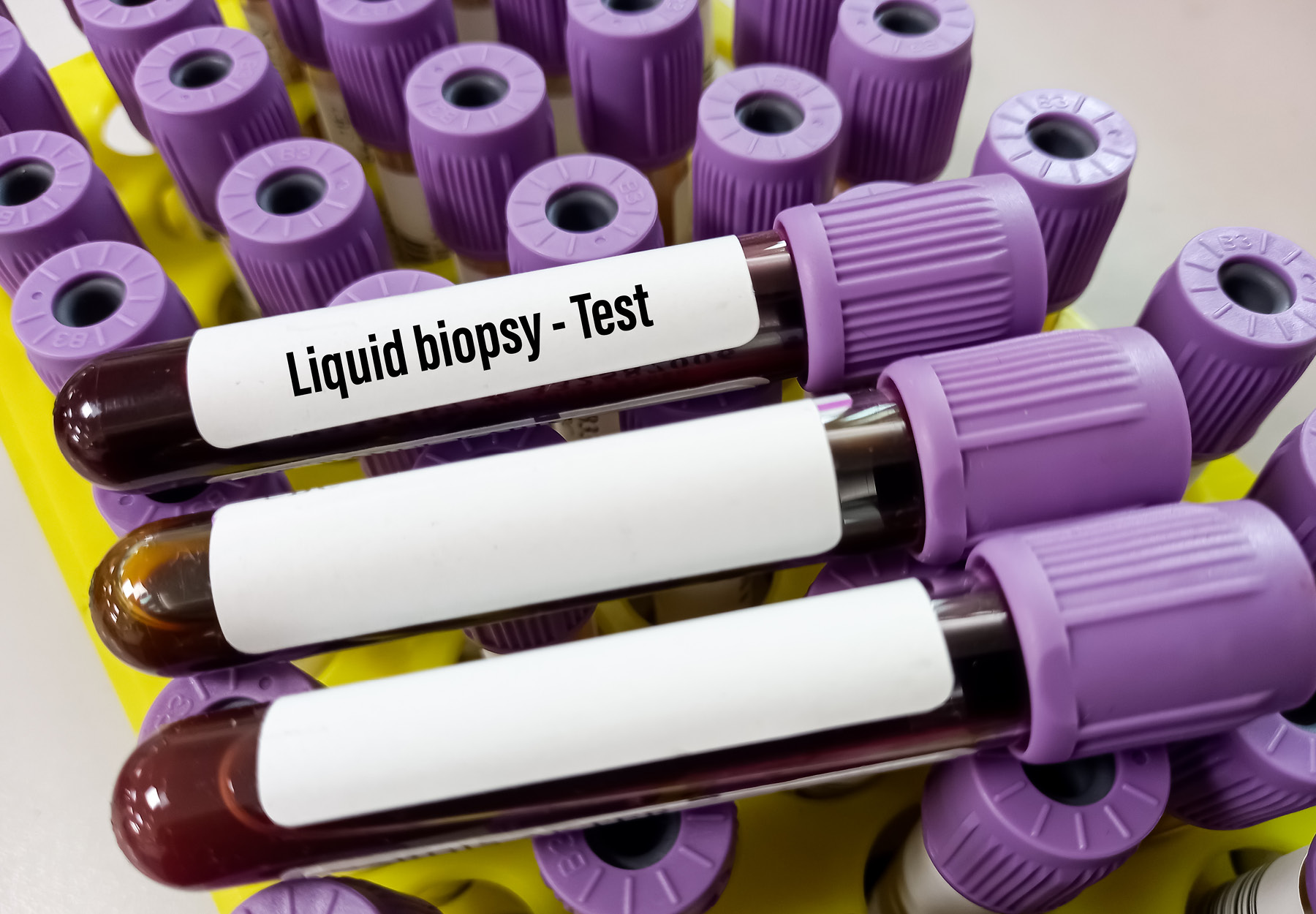A New ctDNA Test for MRD Surveillance in Colorectal Cancer Patients
The personalized test is designed to help inform post-surgery adjuvant therapies in CRC patients.

Subscribe to Clinical Diagnostics Insider to view
Start a Free Trial for immediate access to this article